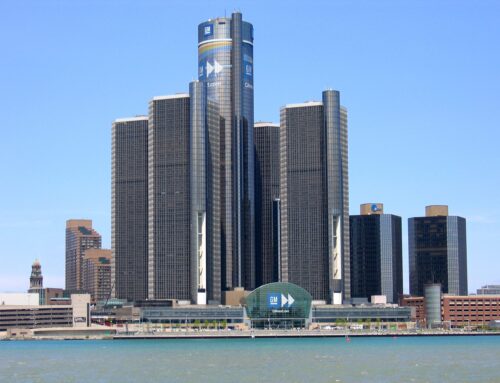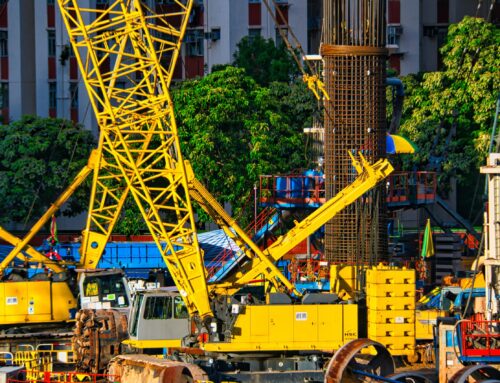Description and Details
On March 6, 2023, President Biden approved the controversial willow tree drilling project, betraying his 2020 presidential campaign promise of ending new oil and gas drilling on public lands and waters.
The project takes place on Alaska’s remote North Slope, about 600 miles north of Anchorage. The site lies in the National Petroleum Reserve of Alaska, which was categorized as an emergency oil supply for the U.S. Navy a century ago. The company called ConocoPhillips will own the project but the land is owned by the government
The approved willow tree oil drilling project is currently the largest oil proposed project in federal lands. Its expected lifetime is 30 years. Once built, it could produce 180,000 barrels of oil daily and 600,000,000 million barrels of oil over its lifetime. According to BLM’s (Bureau of Land Management) assessment, it will generate 270 million metric tons of carbon dioxide over the project’s lifetime.
Alaska’s lawmakers and a coalition of Alaska groups on the North Slope back this project, while Alaskan natives near the construction site, including city officials and tribal members in the village of Nuisqut, strongly oppose it. The project has also received global attention from environmentalists and climate activists worldwide against the project. The tension induced by the project is about climate change, the job market, revenue, the war in Ukraine, and the instability of the global energy market.
Since Alaksa is warming up twice as fast as the rest of the U.S., the temperature is expected to increase by an average of four degrees Fahrenheit over the next 30 years. The added greenhouse gas emissions from the project will increase the challenge of combatting climate change. Alaska is home to various animal species, like polar bears, brown bears, muskox, caribou, and millions of migratory birds. This means extra caution is directed to how the drilling project will impact the local ecosystem. Building the project will speed up climate change and may also destroy local habitats.
The project is estimated to create more than 2,000 construction and 300 permanent jobs. It will be a new source of revenue for Alaska and will fund public services like education and health care. Alaskan residents living near the North Slope are more concerned about the local environment and how climate change, pollutants, and noise from the project would disrupt the area. Other residents are grateful for the revenue from the project and the opportunities it may bring. Hence, opinion divisions also exist within Alaska.
Why did Biden change his opinion and decide to approve the project? Part of the reason is the war in Ukraine and the instability of the global energy market. After the war outbreak in Ukraine, many countries reduced or stopped importing Russian gas and oil purchases to curtail Moscow’s revenues. The induced oil shortage in Europe is an incentive for the U.S. to fill the gap by producing more gas and oil. Additionally, it could help boost domestic energy production and shore up U.S. energy security through less reliance on foreign gas and oil.
In the debate of Willowtree’s environmental and climate impact, the “leakage” theory in economics is worth discussing. According to the theory, increased domestic drilling won’t necessarily increase global emissions. The maintained steady price would decrease petroleum imports, and U.S. companies are more likely to adhere to stricter environmental regulations and standards. On the other hand, increased prices by less fossil fuel supply could make another company expand drilling elsewhere, regardless of how the Willowtree project goes. The key is to lower the supply and demand of gas and oil without strict control to prevent a “bounce-back” in consumption and emissions. This allows for critical thought about the project’s consequence without simply opposing it from an environmental protection standpoint.
Currently, the Biden government is making a compromise, pushing forward a scaled-back version of the original plan. This includes shrinking the number of construction sites from five to three and eliminating the need for 11 miles of road, 20 miles of pipeline, and 133 acres of gravel.
CEE subjects: Environmental Policy and Sustainable Infrastructure, Energy infrastructure
Discussion Questions
- Should the oil project be built in Alaska? What might be the consequences of it? Can you think of any further consequences than were mentioned in the review or impacts outside of Alaska?
- From this project, we can see that the environmental protection principle is not always purely about climate. Instead, it’s a complex mixture of politics, economy, and social tension. In this case, how should we combat those uncertainties and keep moving forward to carbon neutrality?
- If you were allowed to propose an alternative to the drilling project, what would you suggest? How would your proposal impact local communities, and what safety factors would you include?
References
- Popular media/news references
- Biden Administration Recommends Scaled-Back Alaskan Oil Drilling Project
- U.S. Expected to Approve ConocoPhillips Oil-Drilling Project in Alaska
- What to know about the controversial Willow oil drilling project in Alaska
- Biden Administration Expected to Move Ahead on a Major Oil Project in Alaska
- Alaska’s Willow oil project is controversial. Here’s why.
- What’s next for Alaska’s Willow oil project? AP explains
- Biden approves Willow Project. What to know about the move to allow oil drilling in Alaska
- The Willow oil project debate comes down to this key climate change question




Leave A Comment